We use cookies to help you navigate efficiently and perform certain functions. You will find detailed information about all cookies under each consent category below.
The cookies that are categorized as "Necessary" are stored on your browser as they are essential for enabling the basic functionalities of the site. ...
Necessary cookies are required to enable the basic features of this site, such as providing secure log-in or adjusting your consent preferences. These cookies do not store any personally identifiable data.
Functional cookies help perform certain functionalities like sharing the content of the website on social media platforms, collecting feedback, and other third-party features.
Analytical cookies are used to understand how visitors interact with the website. These cookies help provide information on metrics such as the number of visitors, bounce rate, traffic source, etc.
Performance cookies are used to understand and analyze the key performance indexes of the website which helps in delivering a better user experience for the visitors.
Advertisement cookies are used to provide visitors with customized advertisements based on the pages you visited previously and to analyze the effectiveness of the ad campaigns.

With Phoenix Metro Area growing by leaps and bounds and many other communities growing as well, the big question is Where is the water going to come from? The Colorado River doesn’t even reach the ocean anymore, it runs out of water before it gets there!
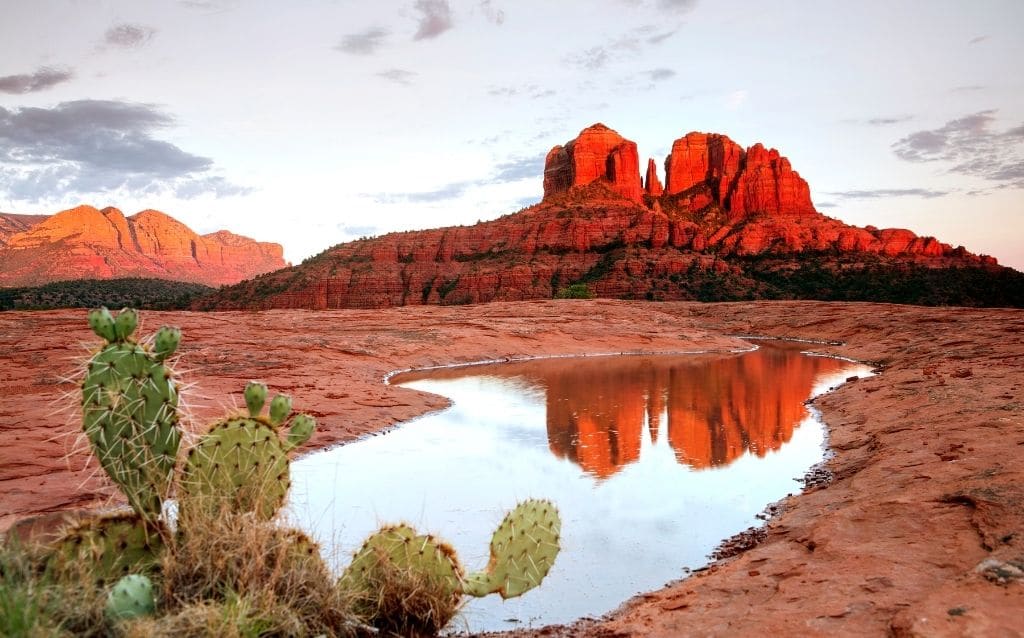
It’s no secret that Arizona is facing water troubles due to the shrinking Colorado River. While it was once thought that the Colorado River was 15 million to 20 million acre-feet per year, it’s now believed that, after years of drought and climate change, the river has 12 million to 13 million acre-feet per year.
Arizona has significant water challenges, but it is not on the brink of running out of water, as some media reports may suggest.
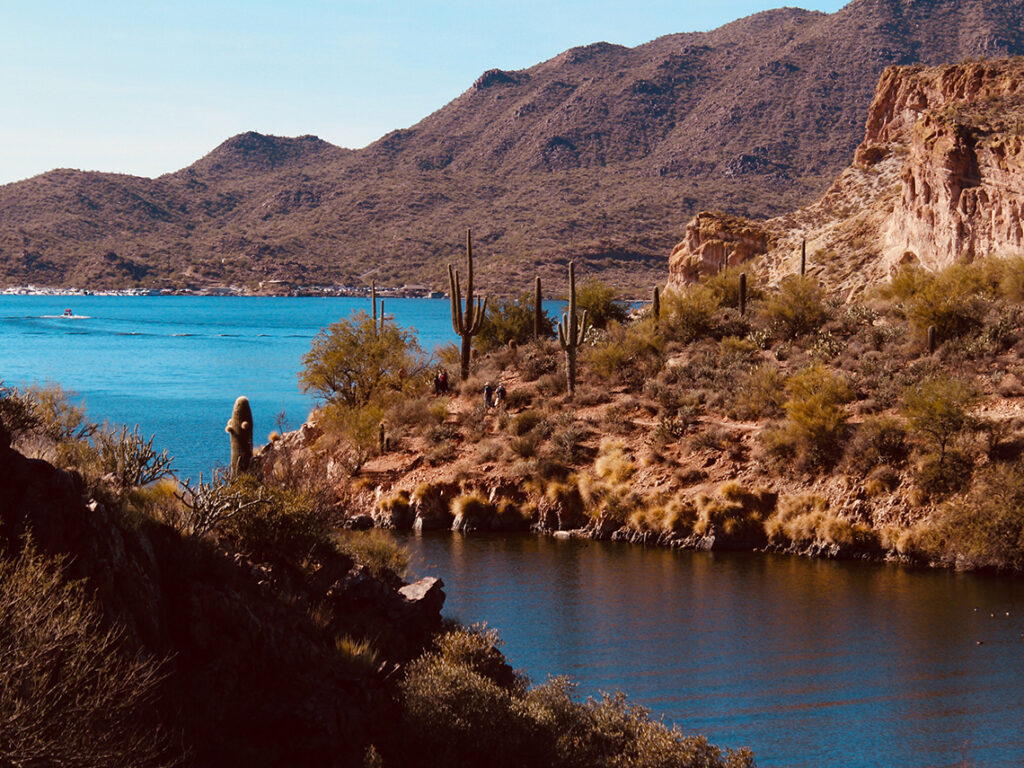
While the challenges must be addressed, there are market solutions and regulatory measures designed to ensure a sustainable water supply for residents and businesses.
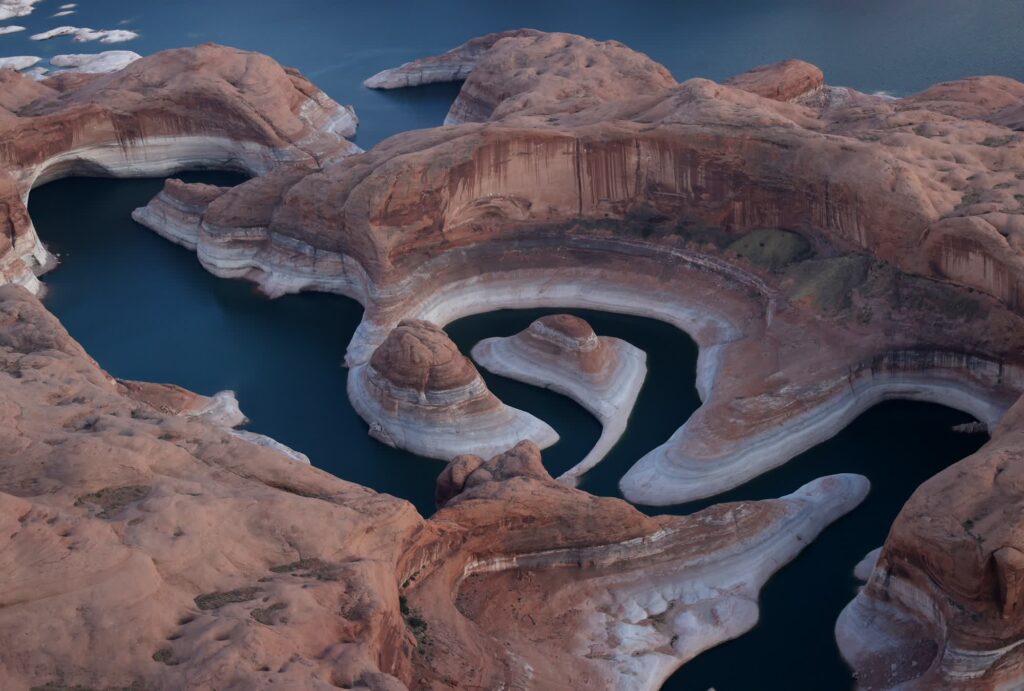
That means Arizona’s growth and development activities can continue because the hard work and planning has already been done — and continues to be managed proactively.
Consider the regulatory measures in place, such as the Groundwater Management Act of 1980 and the Assured Water Supply program, managed by the Arizona Department of Water Resources.
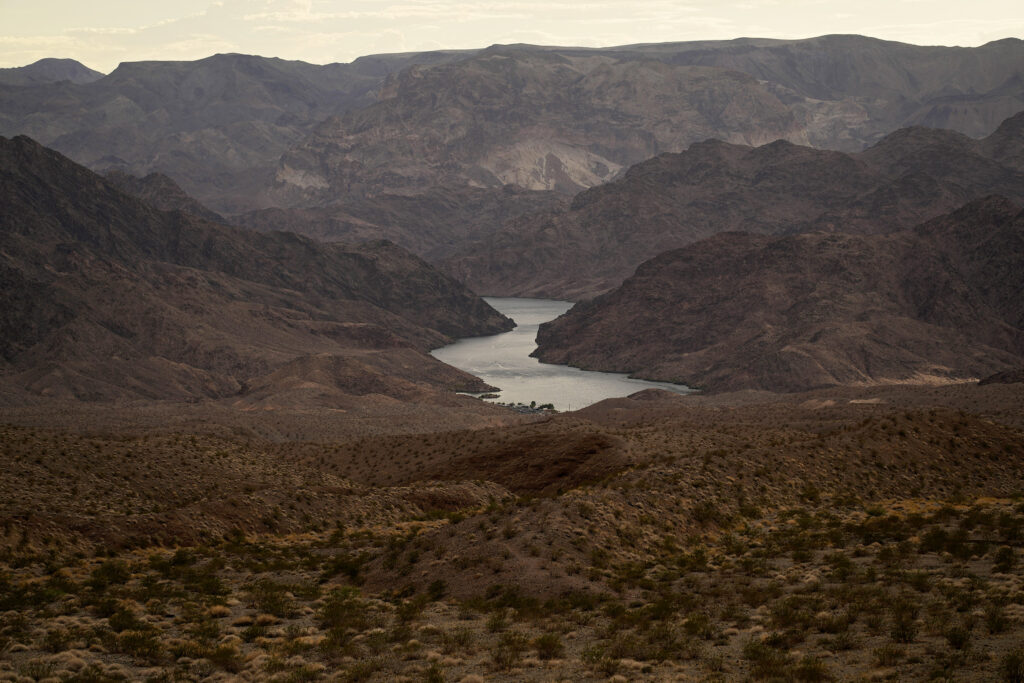
In fact, Phoenix has the ability to grow responsibly for the next 20 to 30 years because of its conservation programs, and the city is included in one of five AMAs that guarantee water for projects in the service area.
Municipal water providers in the state currently designated by the Arizona Department of Water Resources as having an assured or adequate water supply means that sufficient water of suitable quality will be continuously available to meet the anticipated water needs for at least 100 years.
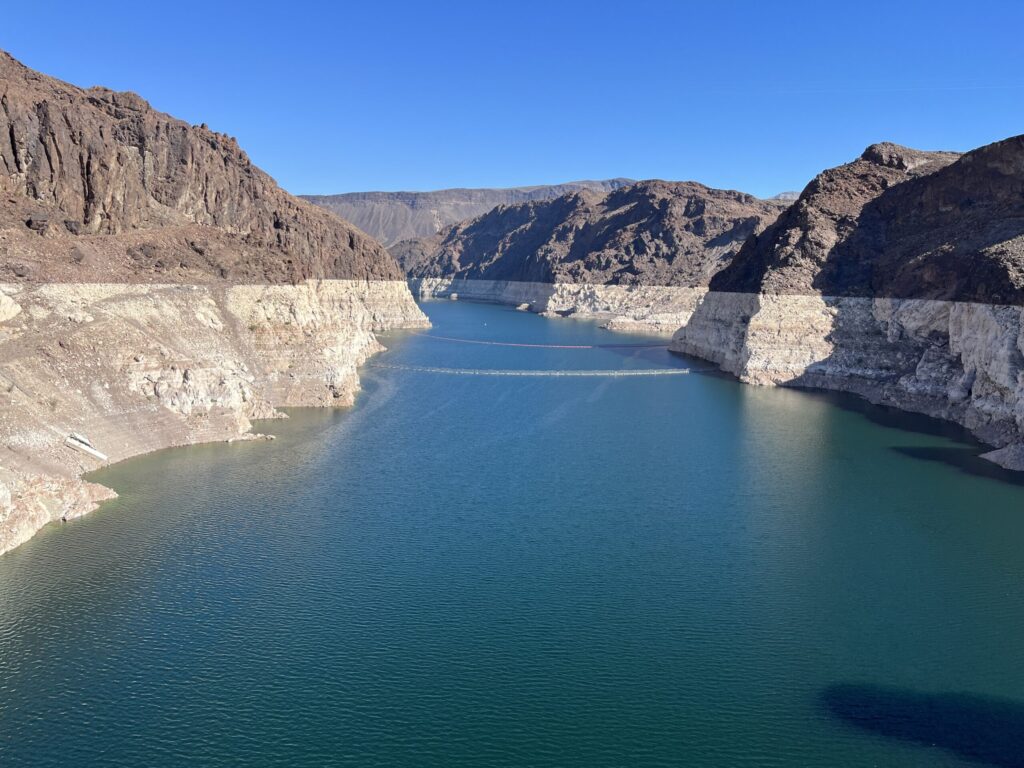
The AMAs covered by the Groundwater Management Act — Phoenix, Pinal County, Prescott, Santa Cruz and Tucson — comprise less than a quarter of the state’s land mass but hold more than 75% of its population.
Arizona operates under a multifaceted portfolio of water supplies with the most advanced program for managing groundwater in the United States.
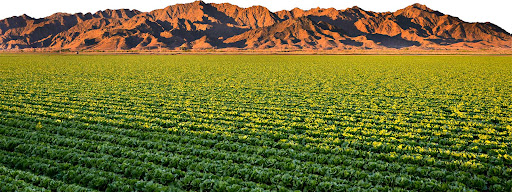
Vast aquifers allow the state to access water during periods of drought, and Arizona has been prepared for decades for shortage declarations.